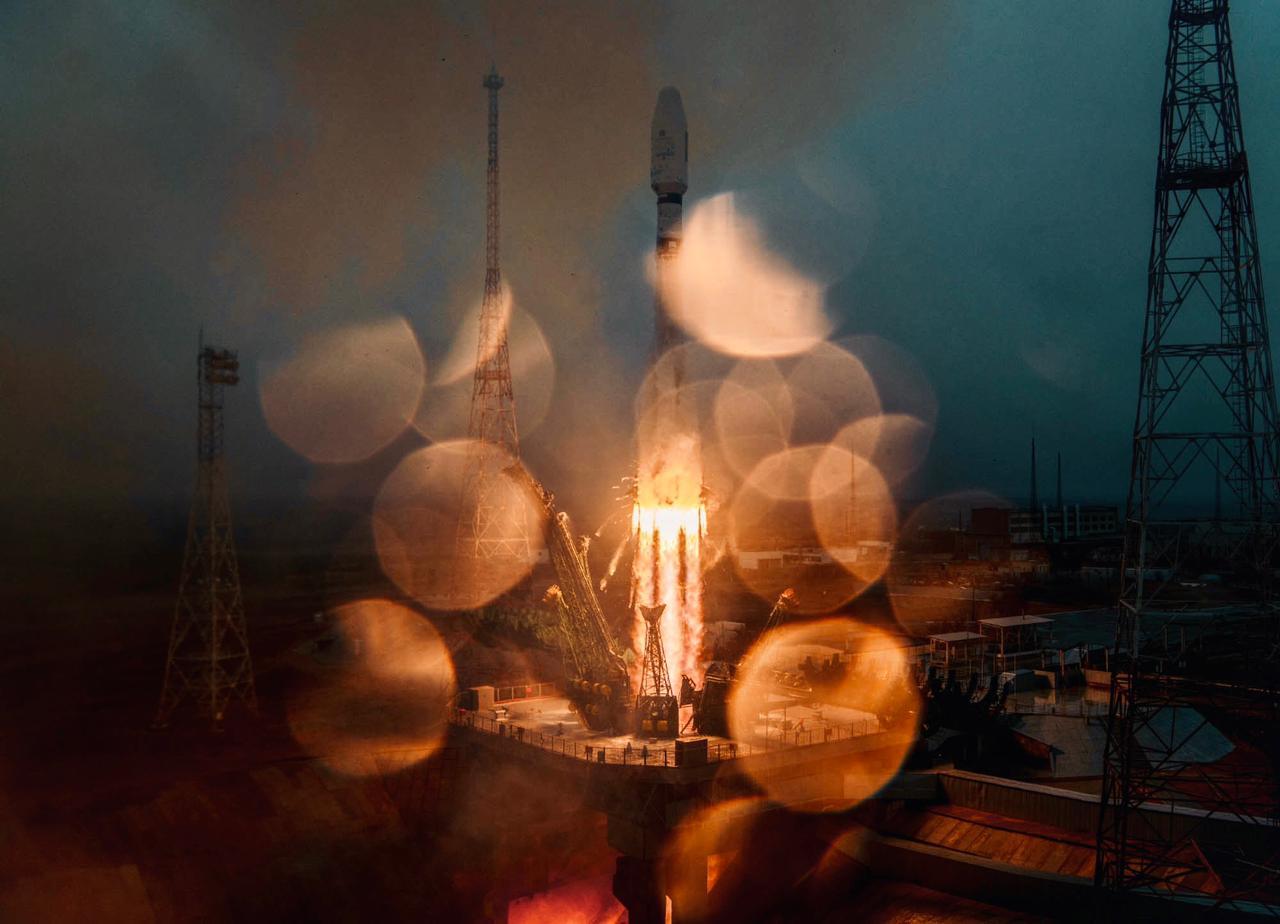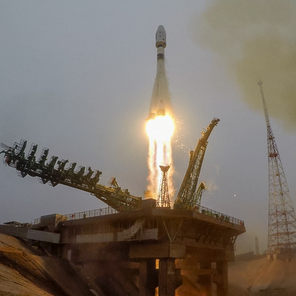The satellites are largely similar and designed together with SPUTNIKS company specialists (Skolkovo resident) and secondary school students participating in Big Challenges program by Sirius Education Centre in 2019.
Both satellites are equipped with
ultralight optical systems for Earth remote sensing developed by scientists of Samara University. The system functions by means of a University-developed flat diffraction lens capable of replacing the conventional system of lenses and mirrors used in modern telephotography, and having a very low weight.
Development of the ultralight optical system for Earth remote sensing has been carried out in scope of the grant by the Foundation for support of innovations under the auspices of the government and Ministry for Economic Development and Investment of Samara Oblast, provided to the scientists of Samara University jointly with Locus LLC.
In the process of the diffraction lens manufacturing, surface of quartz glass is coated with "resist" — photosensitive substance 10 micrometres thick (for comparison, the thickness of a human hair is 40-90 micrometres). A 256-level microrelief is created on the resist using a laser beam. Thereby an image of an object is "zoomed in", and distortions are compensated by computer processing of the resulting images based on deep learning neural networks. There is no previous experience of using diffraction lens based optics in space.
Flight trials in space are expected to demonstrate the capabilities of the optical systems and reveal possible development areas for the technology. According to the developers, on top of its low weight and compact size, the diffraction lens optics is also cost-effective: Samara optical system is times cheaper than standard foreign-made lenses for cubesats.
The images obtained by Cube SX-HSE and Cube SX Sirius HSE nanosatellites will be transferred from the orbit for computer processing to Samara University.
Samara University is one of the global leaders in research of diffraction optical elements and image processing. The diffraction lens developed in the University is one of the outcomes of the 40-year effort of the diffraction optics and nanophotonics school headed by RAS academician, Samara University President Viktor Soyfer.
The first article by scientists from Samara University proving the possibility of using diffractive optics in imaging systems was published in May 2015 following the results of the world's largest conference on image processing – IEEE Computer Vision and Pattern Recognition. In November 2015, a collaborative work on this topic by the University of Toronto and the King Abdullah University in Saudi Arabia was published with reference to the work of Samara University. In previous worldwide experience, diffractive optics had never been used to produce high-resolution colour images. Use of flat diffraction optics in Earth remote sensing systems is studied in the paper published in IEEE Journal of Selected Topics in Applied Earth Observations and Remote Sensing.

